They say a good friend is hard to forget—and in the dog world, some breeds seem to have mastered the art of remembering those who treat them kindly. Whether it’s a neighbor who offers a scratch behind the ears or a long-lost family member returning after years away, these dogs recognize a friendly face with remarkable ease. Their loyalty isn’t just instinct; it’s a blend of intelligence, emotional memory, and deep bonds formed over time.
Throughout history, certain breeds have been celebrated for their uncanny ability to recall people they’ve met before. This isn’t just about recognizing a scent—it’s about genuine connection. These dogs don’t merely live in the moment; they carry cherished encounters with them, often responding with uncontainable joy when they reunite with someone they love.
From playful companions to dedicated working partners, these dogs prove that kindness leaves a lasting mark. In this guide, we’ll explore the breeds that never forget a friend—and will always remember you.
Dog Breeds That Never Forget A Friendly Face
1. Labrador Retriever
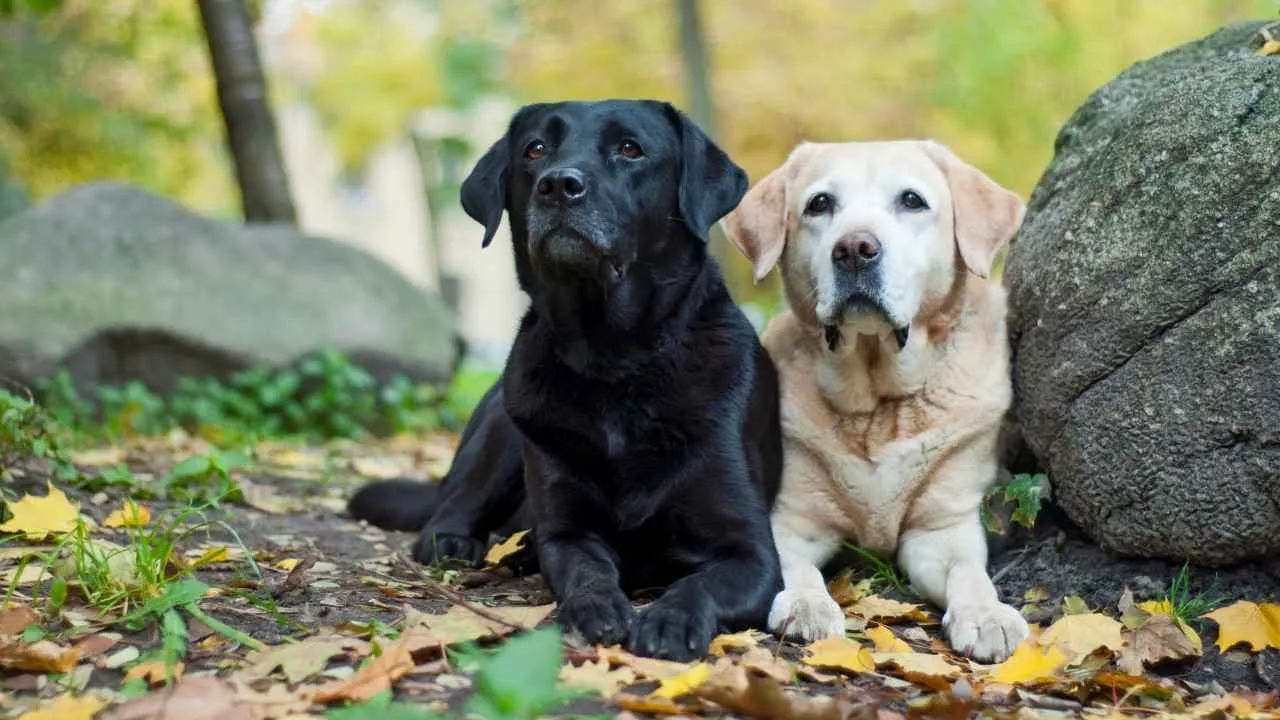
Also known simply as the Lab, the Labrador Retriever hails from Newfoundland, where it was first developed to assist fishermen before making its way to England in the early 1800s. PetMD says the Labrador Retriever is among the most popular dog breeds in the United States, and with good reason.
Belonging to the Sporting group, Labs stand 21.5–24.5 inches tall and weigh between 55–80 pounds. Their short, dense coats—available in black, yellow, or chocolate—are paired with a distinctive “otter tail” that aids in swimming. With a life span of 10–12 years, they are renowned as dependable gun dogs and affectionate family companions. They have an energetic nature.
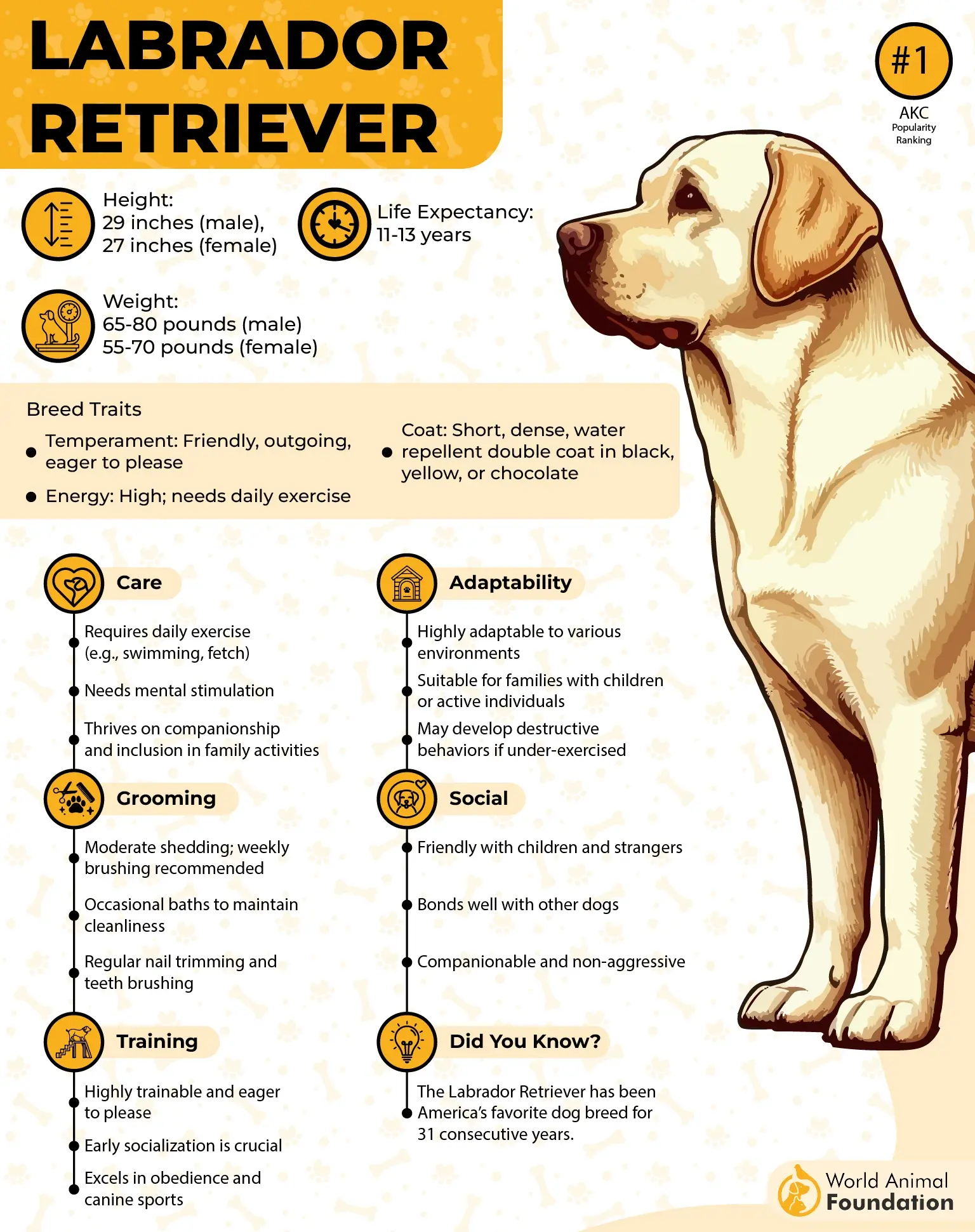
Highly intelligent, Labradors rank fourth in canine intelligence tests, making them quick learners but also capable of mischief if bored. They thrive on activities like fetch, frisbee, and tug-of-war, which help channel their energy.

Their remarkable scent detection abilities even allow them to detect certain cancers in humans. However, they are prone to benign fatty lumps called lipomas and have a slightly elevated risk for some cancers.
Fun Fact: In 2001, a yellow service Lab named Endal saved his owner’s life through a series of extraordinary actions, earning the title “Dog of the Millennium.”
2. Golden Retriever

The Golden Retriever, often simply called the “Golden,” originated in 19th-century Scotland as a gundog and water retriever, prized for its ability to recover game birds from both land and water. AKC says the Golden Retriever is an energetic and beautiful Scottish gundog that ranks among the most popular dog breeds in America.
Belonging to the Sporting group, this breed stands 21.5–24 inches tall and weighs between 55–75 pounds, with a life span of 10–12 years.
Its most recognizable feature is its thick, water-repellent double coat, which can range from pale cream to deep reddish gold. This coat requires regular grooming to prevent tangles and mats, especially behind the ears and on the hind limbs.

Golden Retrievers are known for their friendly, gentle nature and willingness to work. They excel as guide dogs for the blind, therapy companions, and incredibly loyal family pets.
With moderate energy levels, these loyal companions enjoy swimming, running, long walks, and, of course, retrieving. Their affectionate temperament makes them eager to spend time with their humans—whether outdoors or curled up on the couch.
Fun Fact: All Golden Retrievers trace their lineage back to an 1868 litter at Guisachan House in Scotland, bred by Dudley Coutts Marjoribanks.
3. Cavalier King Charles Spaniel
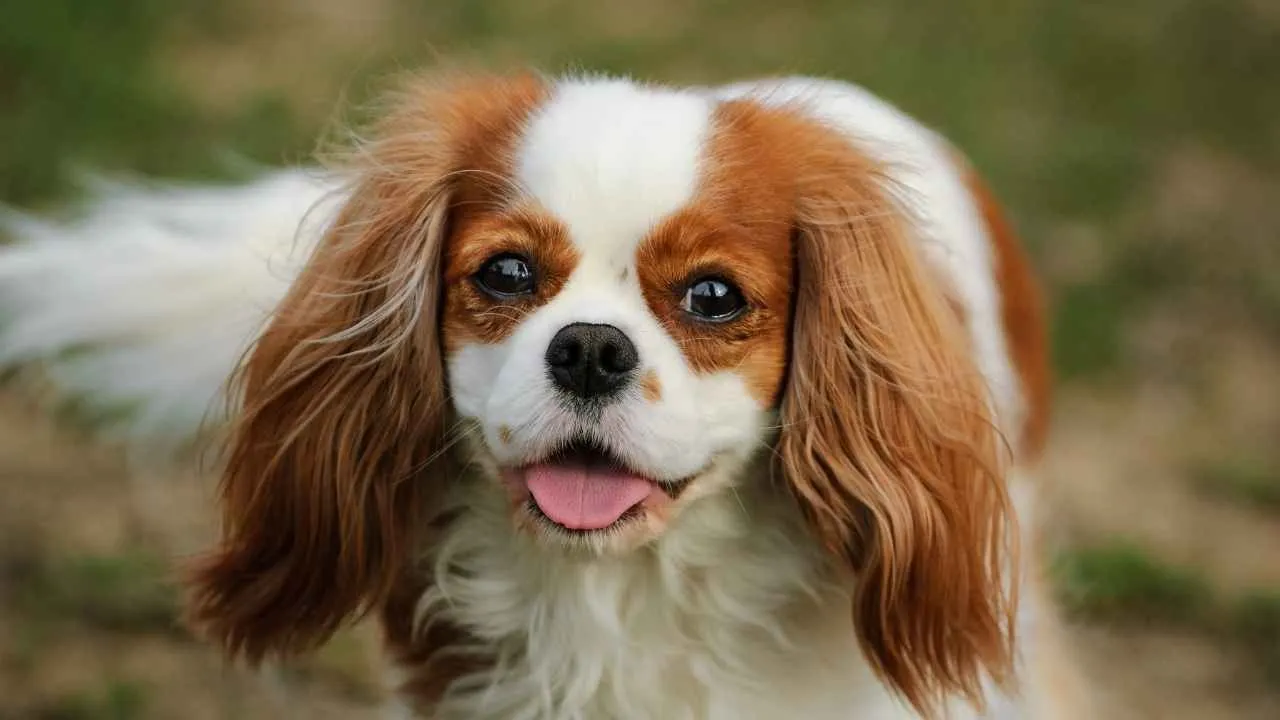
Also affectionately known as Cavaliers, Charlies, or Cavies, the Cavalier King Charles Spaniel is a charming toy breed that originated in England. WebMD says the Cavalier King Charles Spaniel is a playful, people-pleasing dog that makes an excellent family pet.
Standing 12–13 inches tall and weighing 13–18 pounds, this elegant companion boasts a silky coat—most often in white with chestnut or brown markings—and large, soulful eyes. With a life span of 12–15 years, Cavaliers combine the gentle demeanor of a lap dog with the lively spirit of their bird-hunting ancestors.
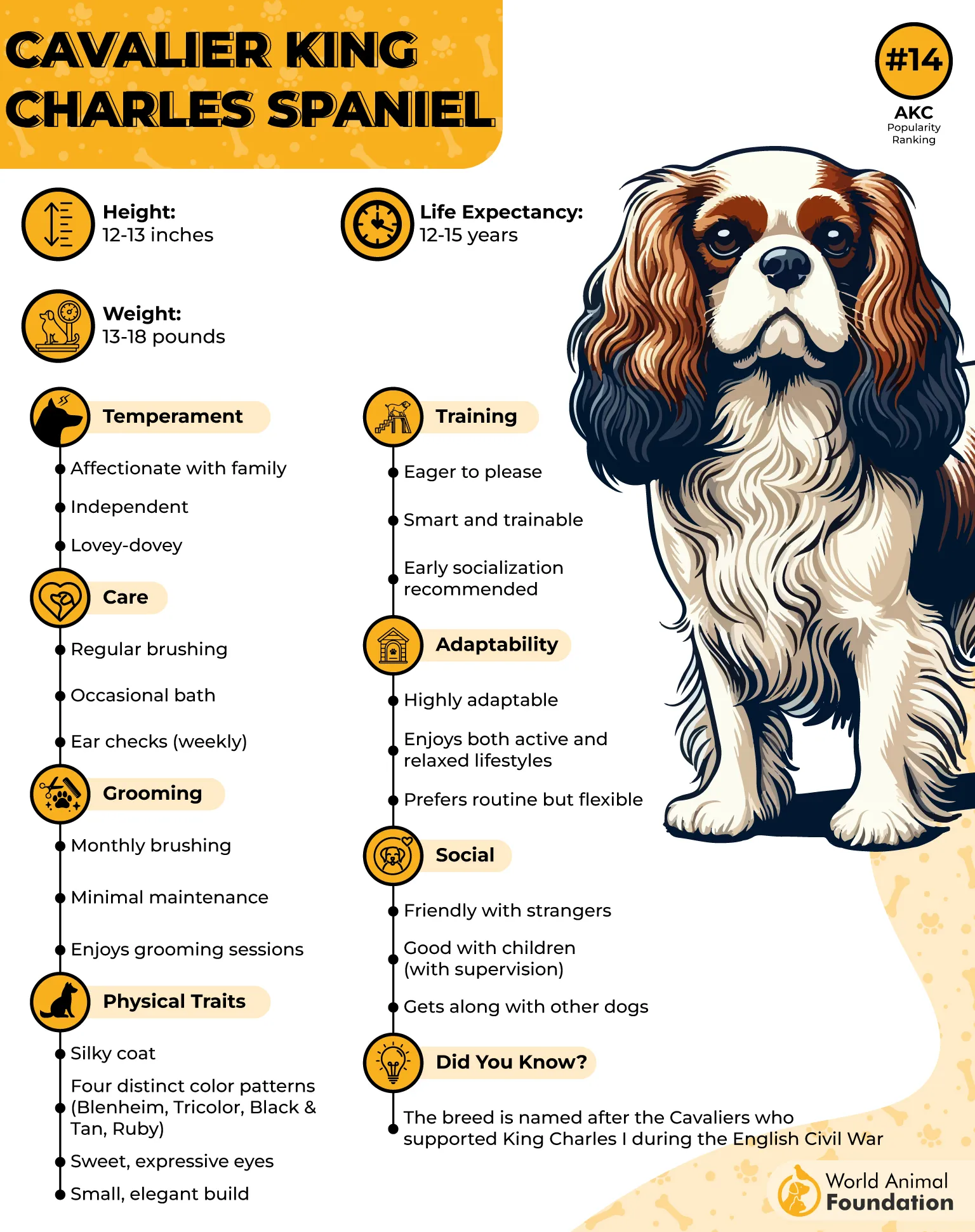
This hunting dog’s history is steeped in royal connections. Developed from the King Charles Spaniel and Pug, it gained popularity among the aristocracy in the 1600s and 1700s. King Charles II famously adored these dogs so much that he decreed they be allowed in all public spaces. Official recognition as a separate breed came in 1945 after efforts to revive the longer-muzzled, old-style spaniel.
Highly affectionate and friendly, Cavaliers thrive in both family settings and with older owners, enjoying playtime and backyard romps as much as quiet cuddles.
Fun Fact: U.S. President Ronald Reagan gifted his wife, Nancy, a Cavalier named Rex, who once turned on the White House Christmas lights.
4. Havanese
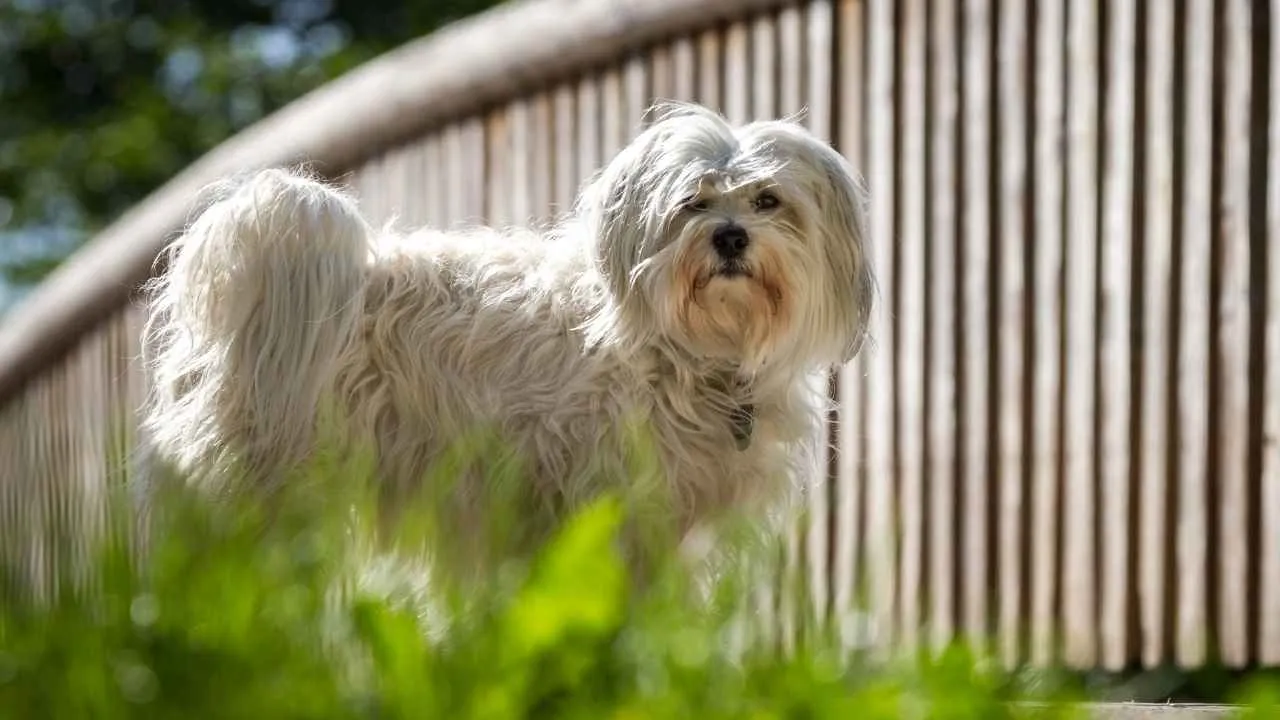
The Havanese, Cuba’s only native dog breed, belongs to the Toy group and is cherished for its affectionate nature and adaptable charm.
Standing about 8.5–11.5 inches tall and weighing 7–13 pounds, this small yet sturdy companion features a silky coat in various colors, a plumed tail that curls over the back, and expressive dark eyes.
Popular among city dwellers, this friendly dog thrives in apartments yet is equally content in larger homes—as long as it can bask in the attention of its family. With a life span of 14–16 years, the Havanese is both lively and resilient.
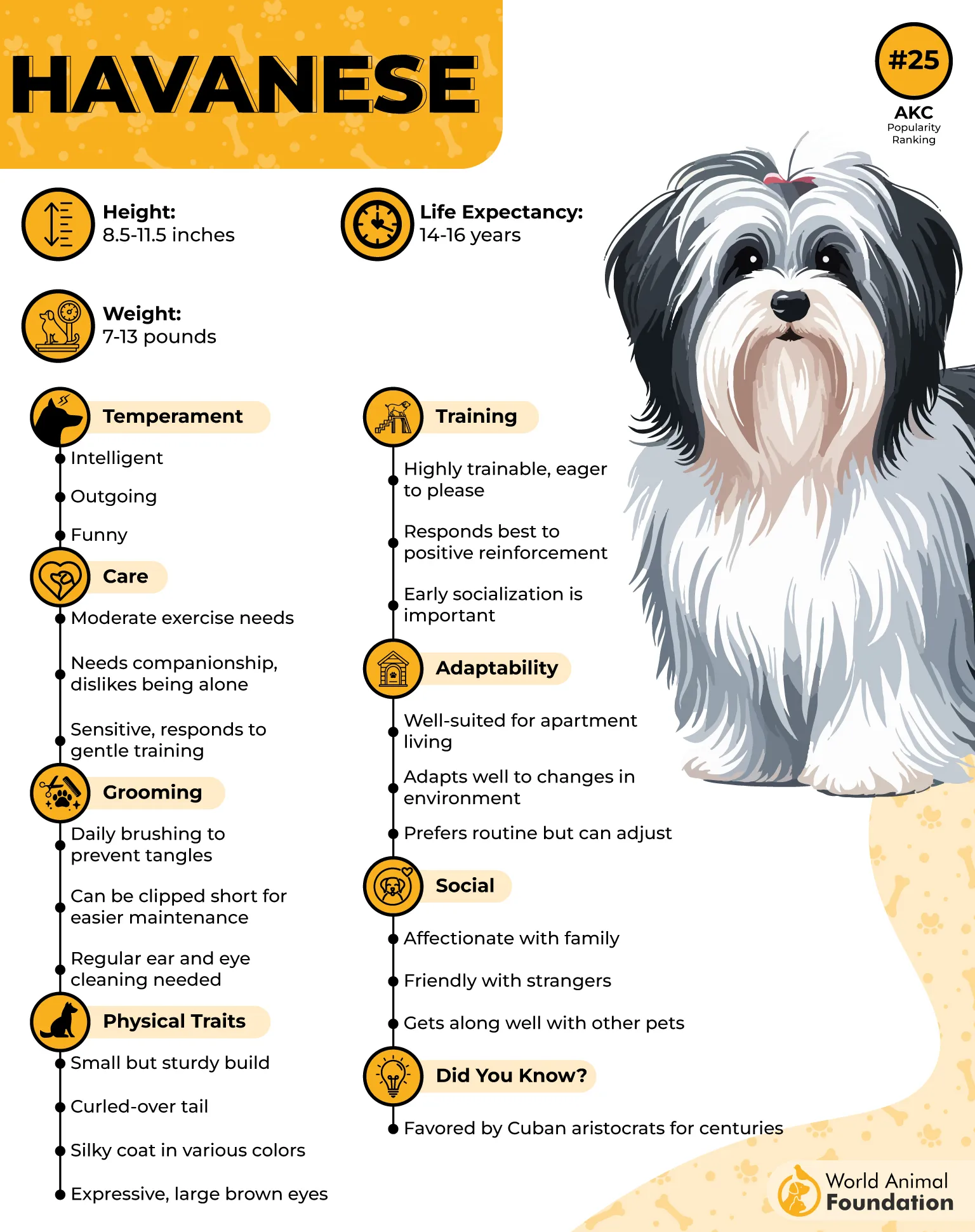
Known for their playful personalities and love of companionship, Havanese excel in social situations, making friends with children, other dogs, and even cats.
They require daily grooming to maintain their long, flowing coats, though some owners opt for shorter cuts or even cording for style. These intelligent, trainable extroverts enjoy performing tricks, acting as therapy dogs, and keeping a watchful eye on the household.
Fun Fact: Despite their small size, Havanese are skilled little watchdogs, often perched by the window to monitor passersby.
5. Bichon Frise
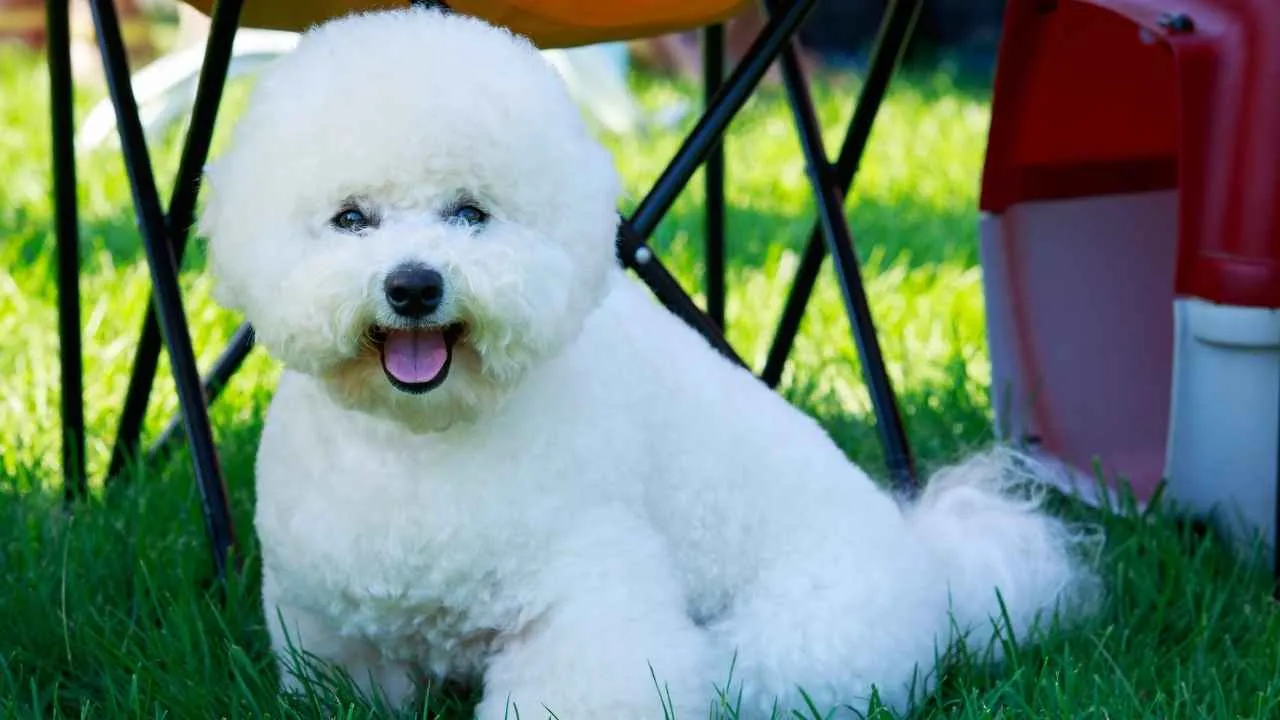
Also called the Tenerife or simply “Bichon,” the Bichon Frise is a small, charming dog with a rich history tracing back to the Mediterranean region. Believed to have descended from water spaniels, this breed was brought to Tenerife by Spanish sailors and later returned to Europe by Italians in the 14th century.
Standing 9.5–11.5 inches tall and weighing 12–18 pounds, the Bichon is instantly recognizable by its fluffy, curly white coat, silky drop ears, and dark, expressive eyes. With a life span of 14–15 years, it belongs to the Non-Sporting group and is adored for its bright, affectionate nature.
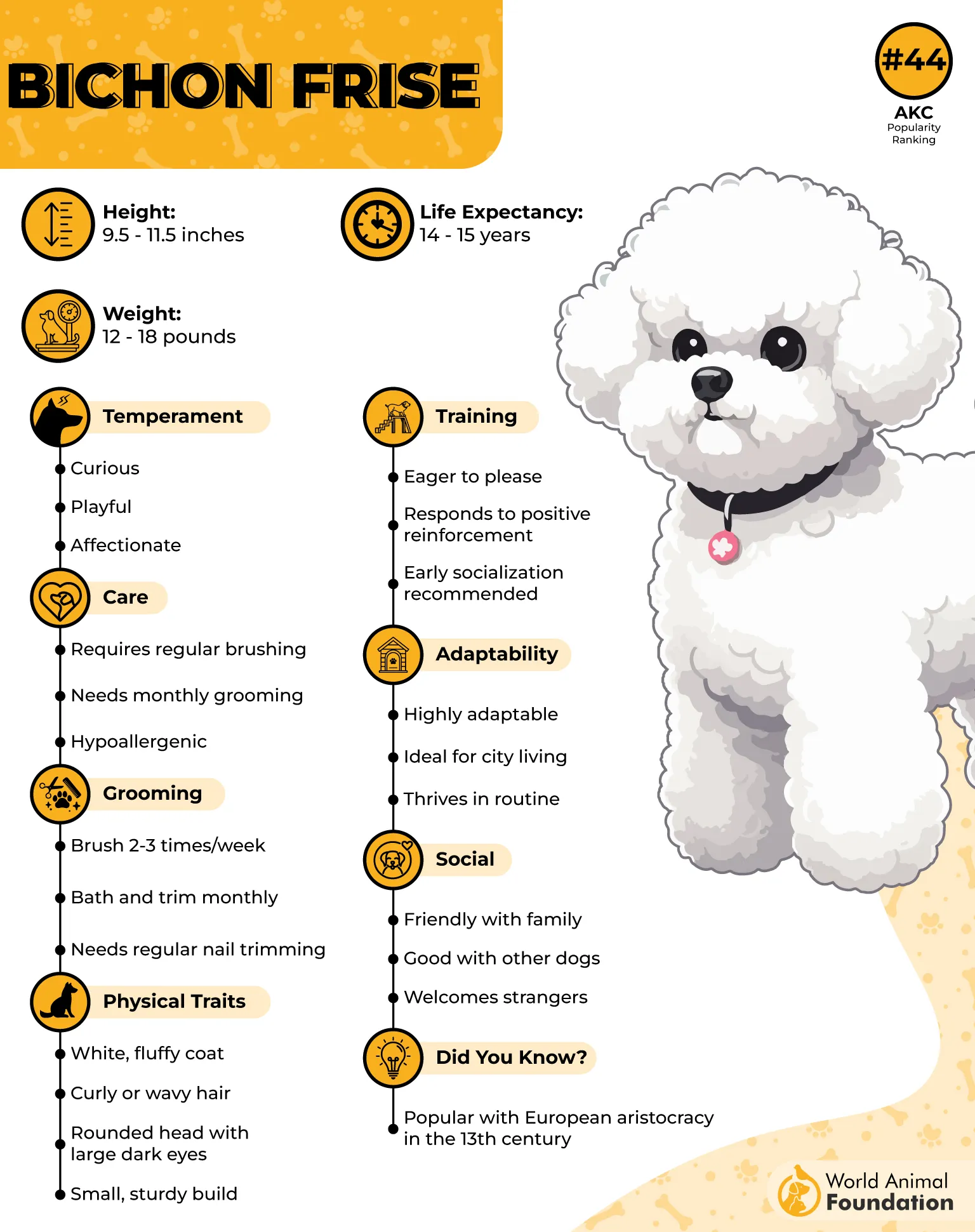
Playful and sociable, Bichons thrive on interaction—whether mastering new tricks, playing with toys, or simply curling up with their family.
They adapt well to apartment living, needing around 30–60 minutes of daily activity, such as walks or interactive games. Puppies require shorter, gentler play sessions until fully mature to protect developing joints.
Fun Fact: The breed’s name inspired the French verb bichonner, meaning “to pamper,” a nod to its centuries-long association with European royalty and artists.
6. Pug
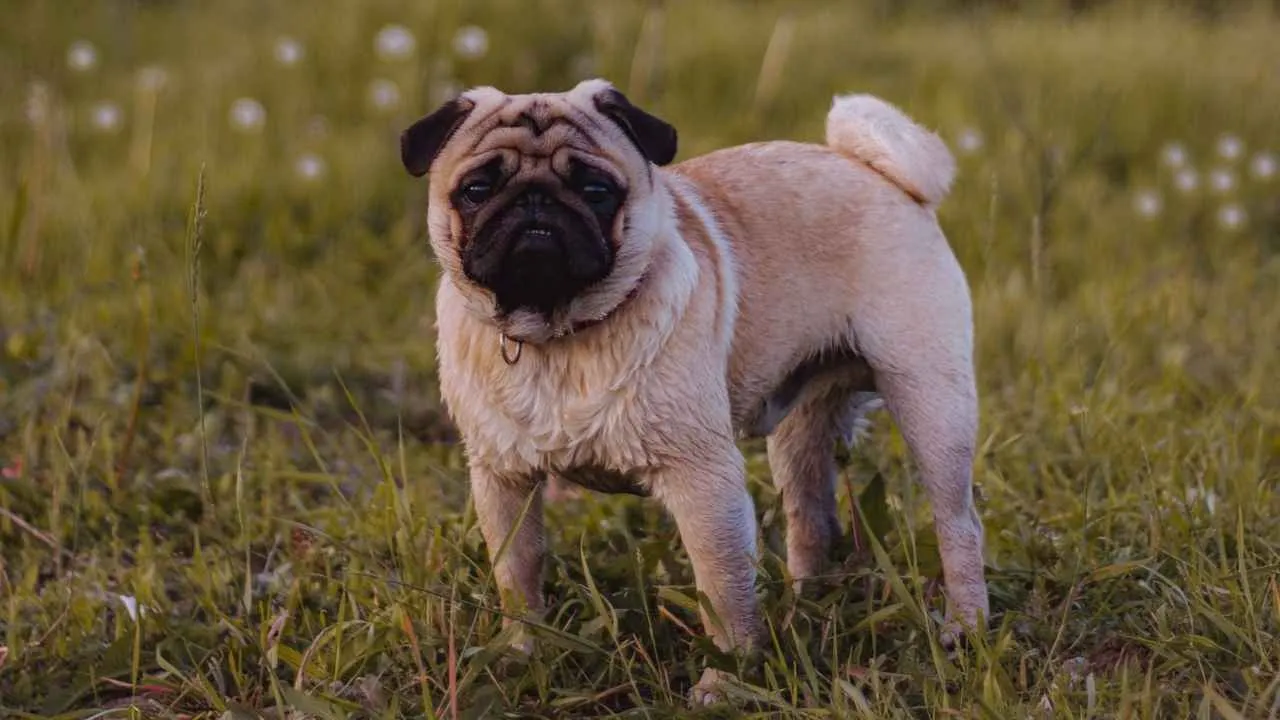
Also known as the Mops in Germany and the Netherlands or Doguillo in Spain, the Pug is a charming toy breed with origins in ancient China.
Standing 10–13 inches tall and weighing 14–18 pounds, these compact, muscular dogs are instantly recognizable by their short muzzles, deeply wrinkled faces, and expressive, prominent eyes.
Their glossy coats come in black, silver, or apricot fawn, often accented with a black mask and a distinctive line down the back. With a life span of 13–15 years, Pugs have been beloved companions to emperors, royalty, and everyday families alike.
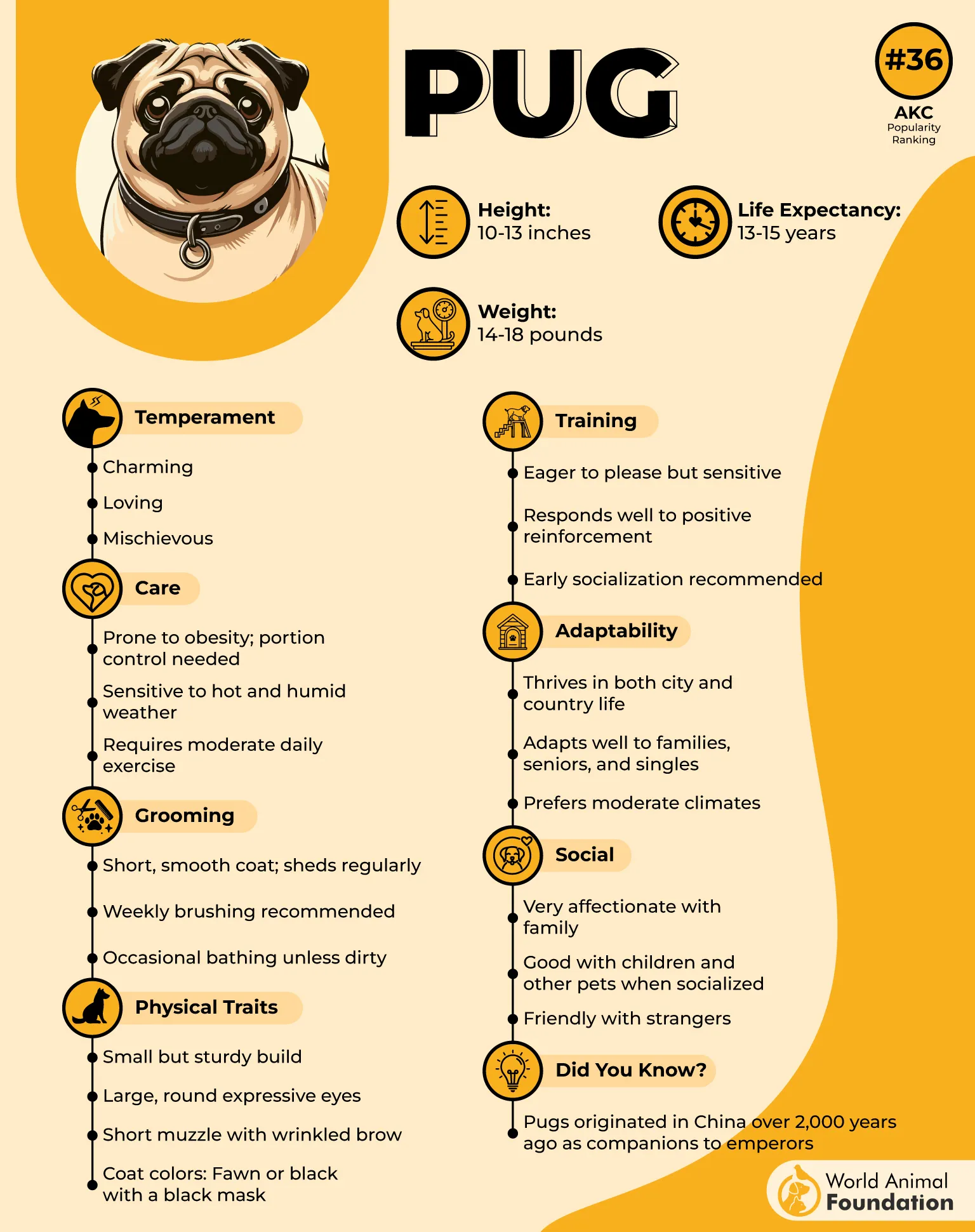
Affectionate, social, and endlessly entertaining, Pugs thrive on human interaction and enjoy being the center of attention. They get along well with children, other pets, and guests, making them great companions for various living situations. While playful, they’re not built for strenuous activity and are happiest curled up beside their owners.
Fun Fact: Napoleon’s wife, Joséphine, relied on her Pug, Fortune, to secretly deliver messages to her husband while she was imprisoned.
7. Boxer
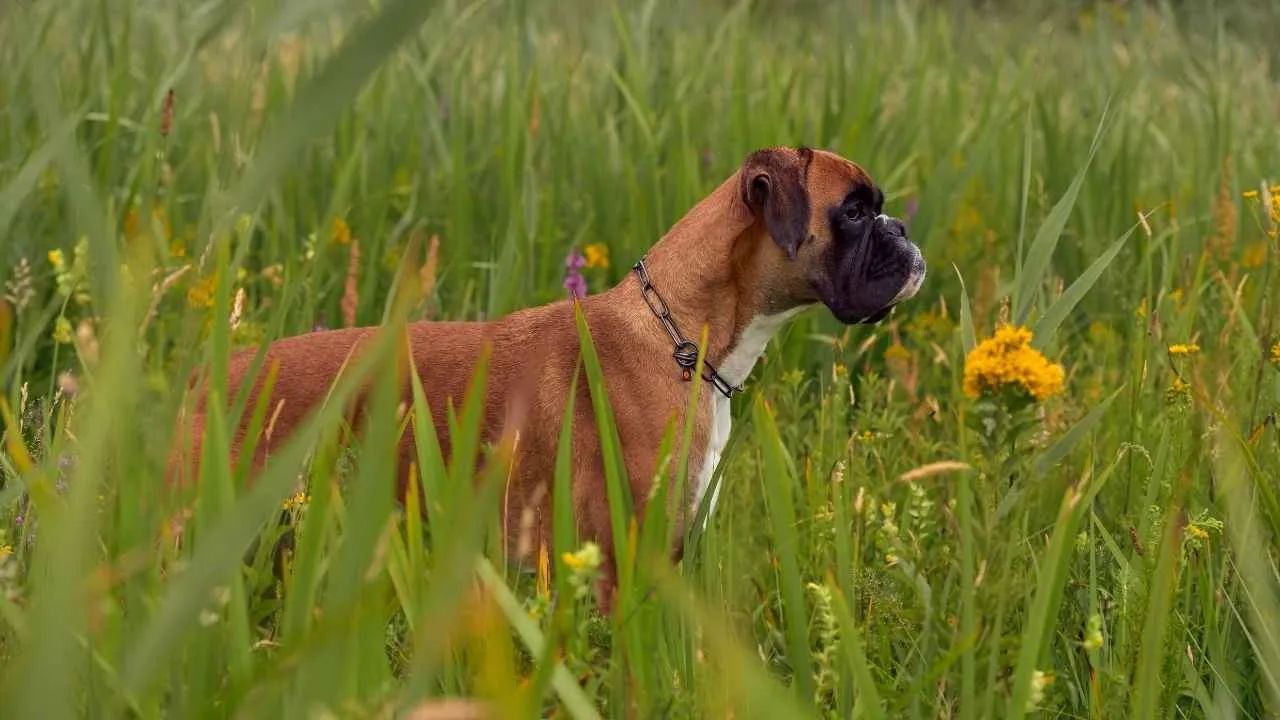
Also known as the Deutscher Boxer, this muscular yet playful working breed originated in Germany, with ancestry tracing back to the ancient Assyrian Bullenbeisser. Originally bred as a big-game hunter for noblemen, the Boxer later became valued in police work and as a devoted family guardian.
Standing 21–25 inches tall and weighing 65–80 pounds, it is a trim, squarely built dog with a distinctive short muzzle, black facial mask, and a shiny short coat in fawn or brindle, sometimes with white markings. With a life span of 10–12 years, the breed is known for its boundless energy and affectionate temperament.
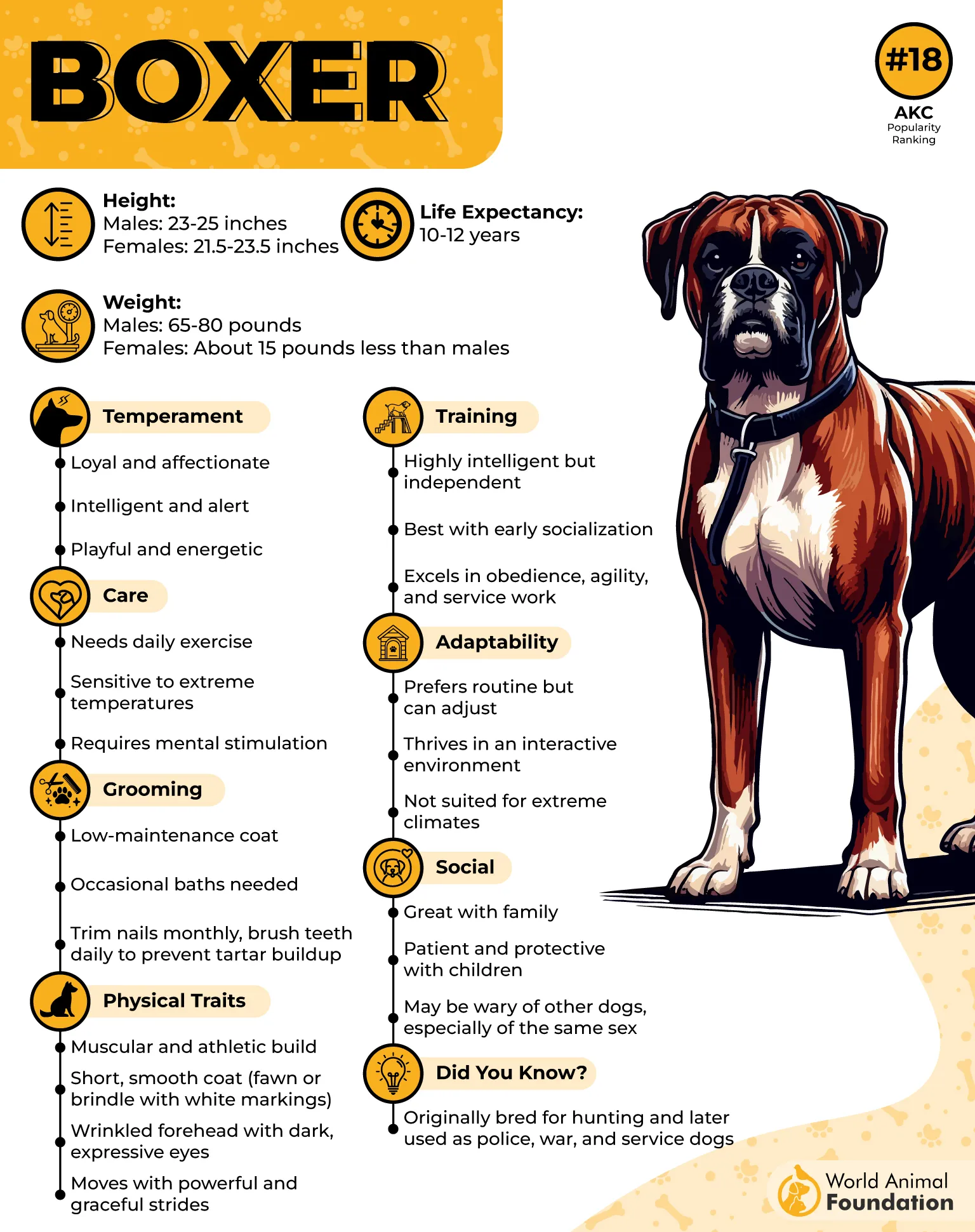
Despite its strong frame and intense gaze, the Boxer is a joyful and goofy companion. These dogs love human interaction. They are great with children, protective of their “pack,” and eager to play—though they require early training to curb their exuberance. Owners should be mindful of their short coat and nose, which make them sensitive to extreme weather.
Fun Fact: Hollywood icons Humphrey Bogart and Lauren Bacall adored Boxers, even receiving one named Harvey as a wedding gift in 1945.
Conclusion
Some dogs have an incredible gift for remembering the people who treat them kindly, greeting familiar faces with a wagging tail and unmistakable joy. According to the American Kennel Club, certain affectionate breeds—whether gentle giant protectors or gentle dog companions—excel at forming lasting bonds.
From small dogs like Shih Tzus to intelligent workers such as Border Collies, these canines prove that memory and loyalty often go paw in paw. Many are excellent family dogs, offering patience and warmth to households with young kids.
Beyond their friendliness, these breeds often possess unique qualities that make them stand out. Bearded Collies and Irish Setters, for example, are known for their sociable personalities, while some breeds have even earned the title of “nanny dogs” for their natural care toward children. With proper obedience training and loving guidance, these dogs become more than pets—they’re lifelong friends whose devotion only grows stronger over time.


